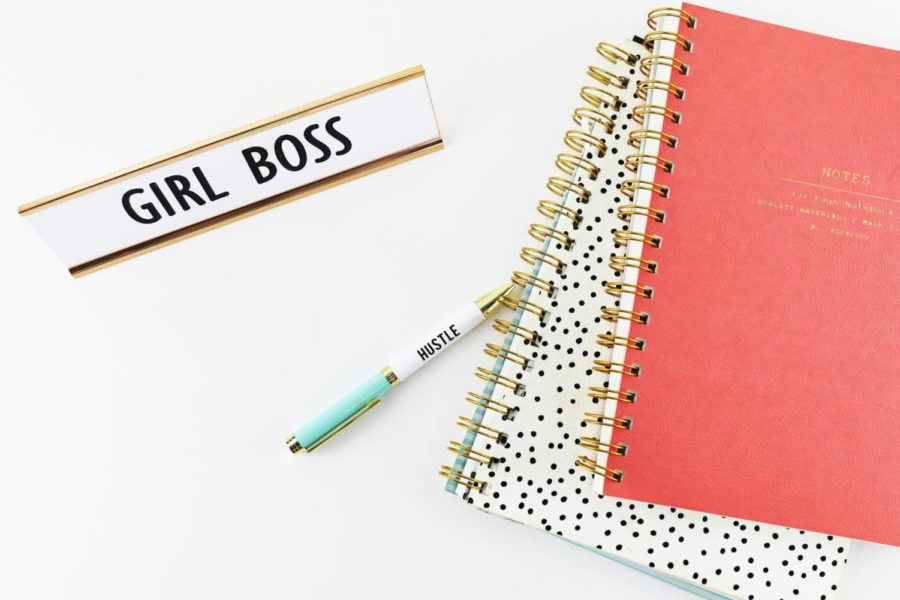It’s easy to admit I don’t wear half the clothes currently hanging in my closet, sometimes I wonder why I even bought some of the things I have. The mentality of tricking myself into believing I need a brand new outfit for an occasion is terrible, especially being a college student.
Clothes come and go. When you’re grabbing a dress from H&M at the last minute for a birthday dinner or browsing through Zara for something to wear to an interview, it’s so simple to go with whatever looks good at a decent price. Did you know Zara and Top Shop are considered fast fashion? This was oddly surprising to learn. When I think of fast fashion, the first store that sticks out like a sore thumb is Forever 21.
Fast fashion is a huge issue that is unfortunately overlooked. It is inexpensive clothing produced rapidly by mass-market retailers in response to the latest trends. These clothes are often styles that are trending, or trends worn by celebrities. Retailers often cut costs for these trends in order to keep up with how fast the demand is for trending styles.
It is time consumers like us need to realize the hands that work long hours to produce the clothes that end up piled, balled up, stuffed, or never worn in our closets. A few popular stores and brands that use cheap labor include Urban Outfitters, Nike, Adidas, Victoria’s Secret, Apple and Walmart. The sad truth is that garment workers work gruesome amount of hours in horrifying conditions, most of them earning less than $3 a day.
In 2013, a garment building called Rana Plaza, collapsed in Bangladesh. This incident was recorded as the worst garment disaster in history, with 1,000 deaths. The workers had spoken before of the poor infrastructures, but the owners ignored the problem which lead to the collapse of the building. Of the 75 billion people in the world that make clothes, 80 percent are women between the ages 18-24 years old. Terribly ironic for some retailers who put out “women forward” and “women empowered” feminist apparel. Yikes.
Fast fashion is also frightening for our planet, most clothing end up in landfills and take up to 200 years to decompose. As the demand for clothes goes up, so does the supply for cotton and water. Cotton producing countries such as China and India have already been facing water shortages. Further, there are heavy amounts of pesticides used that are exposed to the air making it fatal for workers over time.
So what can we do? Being college students, it’s going to be extremely difficult to afford clothing brands that are sustainable. Personally, I think spending more on clothing that is good for the environment and doesn’t use cheap labor is better and more rewarding than spending little on a lot of clothes that turn over too quickly and end up neglected. Some of these brands include Reformation, Patagonia, Everlane, Rag and Bone, Eileen Fisher and Levi’s!
Something easy and fun you can always do is go thrifting. Instead of buying something brand new, you’re essentially reusing and recycling someone else’s clothes and giving them a new home. Next time, before impulsively buying something, ask yourself if you would wear it more than just a handful of times. It is so important that we appreciate our clothes and know their value.
—
For more information or news tips, or if you see an error in this story or have any compliments or concerns, contact editor@unfspinnaker.com















